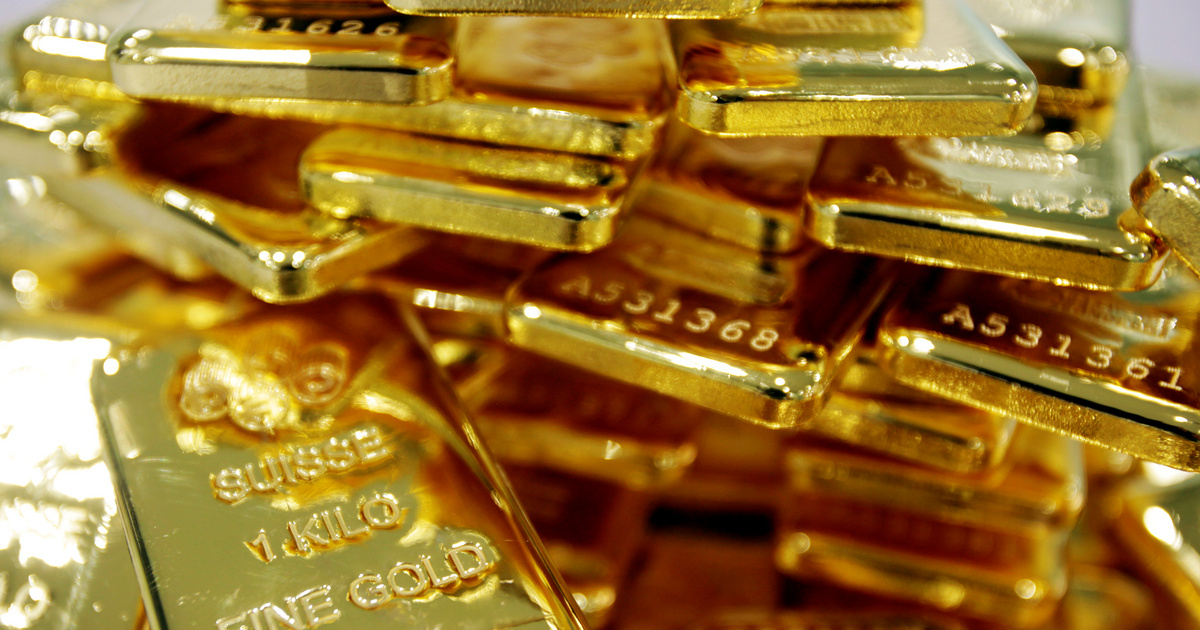American researchers have found an explanation for the ancient mystery of why the Earth’s crust contains gold and platinum near the surface. Gold and platinum are well-known elements of technological value and importance, but they are so-called iron-loving elements, which means they are attracted to another element, iron. For this reason, the entire amount of gold and platinum on the planet must have sunk through the mantle into the Earth’s metallic core, but for some reason we can still find them on the surface.
From a scientific point of view, gold and platinum arrived on Earth 4.5 billion years ago, at the beginning of its history, when the planet collided with a celestial body the size of Mars, and various metals appeared with pieces of material to the surface, sometimes the size of the moon, retreating after the impact. The question is what happened next.
Jun Kurinaga, professor of earth sciences at Yale University, and Simon Marchi of the Southwest Research Institute in the Journal of the American Academy of Sciences, With peopleIn their article published in
Our research is a good example of how unexpected discoveries can be made by studying conventional wisdom
Korinaga said, emphasizing that his colleague Marchi is an expert in the dynamics of impacts.
Marchi noted that in previous simulations, only a small fraction of the metals that arrived with the collision remained in the mantle, and the majority of the material quickly melted in the core. The fact that this did not happen showed that there was a flaw in the model.
According to the new theory, the process takes place in the transit zone of the Earth’s mantle. This is the part of the Earth below the crust, where there is a transition between the molten part and the deeper part. Transient zones are well-known geophysical anomalies located in the deep parts of the mantle. According to the researchers, this environment has a peculiar three-phase dynamics, due to which elements in the mantle are trapped here and gradually move to other parts of the mantle.
Such a transient zone is always formed as a result of a large impact
Marchie noted.
Therefore, the sinking of minerals into the core was prevented by a magma ocean formed locally as a result of the collision, where the material sinks after cycling, then flows towards the surface, transferring heat from the Earth’s interior.
The new model may also help us understand the history of other planets. One of the striking details is that the aforementioned cycle occurs in about one day, but at the same time it affected the evolution of the Earth for billions of years.












































